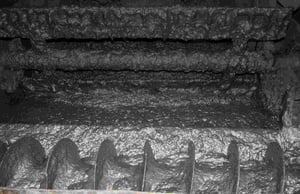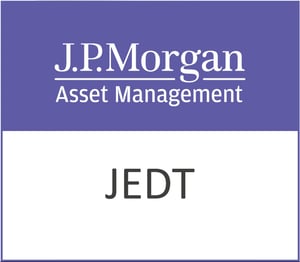Direct Line Insurance Group PLC, trading under the symbol DLG.L on the London Stock Exchange, stands as a prominent player in the UK’s financial services sector, specifically within the property and casualty insurance industry. With a market capitalisation of $3.57 billion, Direct Line is a significant entity in the insurance landscape, offering a comprehensive array of products ranging from motor and home insurance to pet, life, and commercial insurance. The company’s extensive portfolio is marketed through well-known brands such as Direct Line, Churchill, and Green Flag, among others.
Currently priced at 274.2 GBp, Direct Line’s stock has remained stable with a 0.00% change, situated comfortably within its 52-week range of 152.60 GBp to 285.00 GBp. This stability is reflected in its technical indicators, with a 50-day moving average of 273.36 and a 200-day moving average of 219.71, suggesting a period of consistent performance in recent months. Despite its current price hovering around analysts’ average target of 275.23 GBp, the potential upside is minimal at 0.38%, indicating a market consensus of stability rather than aggressive growth.
Direct Line’s valuation metrics reveal a complex financial picture. The absence of a trailing P/E ratio and other valuation measures such as PEG, Price/Book, and Price/Sales ratios suggest that traditional valuation approaches may not fully capture the company’s current financial dynamics. Interestingly, the forward P/E ratio stands at a staggering 1,207.19, which could reflect market expectations of significant earnings adjustments or anomalies in forecasting models.
The company’s performance metrics provide a mixed view. A robust revenue growth of 43.50% is noteworthy, indicating a strong operational capability and market demand for its offerings. However, the absence of net income data raises questions about profitability and cost management. With an EPS of 0.11 and a return on equity of 6.65%, Direct Line demonstrates some ability to generate returns on shareholder investments, albeit with room for improvement.
Direct Line’s dividend yield of 2.55% with a payout ratio of 54.05% might appeal to income-focused investors. The company’s commitment to returning value to shareholders through dividends is evident, yet the sustainability of this payout ratio should be considered in light of the broader financial context.
Analysts’ ratings reveal a cautious market sentiment, with 2 buy ratings, 11 hold ratings, and no sell ratings. This cautious optimism suggests that while Direct Line is not perceived as an immediate buy, the market does not foresee significant downside risks either. The target price range of 223.00 GBp to 350.00 GBp highlights a broad spectrum of expectations, reflecting uncertainty in future performance amidst evolving market conditions.
From a technical perspective, Direct Line’s RSI (14) of 51.06 indicates a neutral position, neither overbought nor oversold, while the MACD of -1.64 and signal line of -1.24 suggest that momentum may be slightly bearish, warranting close monitoring by potential investors.
Founded in 1985 and headquartered in Bromley, UK, Direct Line has undergone significant transformations, including a rebranding from RBS Insurance Group Limited in 2012. The company’s diverse insurance offerings and strategic partnerships underscore its adaptability in a competitive market.
For investors, Direct Line Insurance Group PLC presents a nuanced investment opportunity. While the company showcases strong revenue growth and a stable dividend yield, challenges remain in terms of profitability and valuation complexities. As the insurance industry continues to navigate regulatory changes and market demands, Direct Line’s ability to adapt and innovate will be crucial for future success. Investors are encouraged to weigh these factors, considering their own risk tolerance and investment strategies, before making any decisions regarding Direct Line’s stock.






































